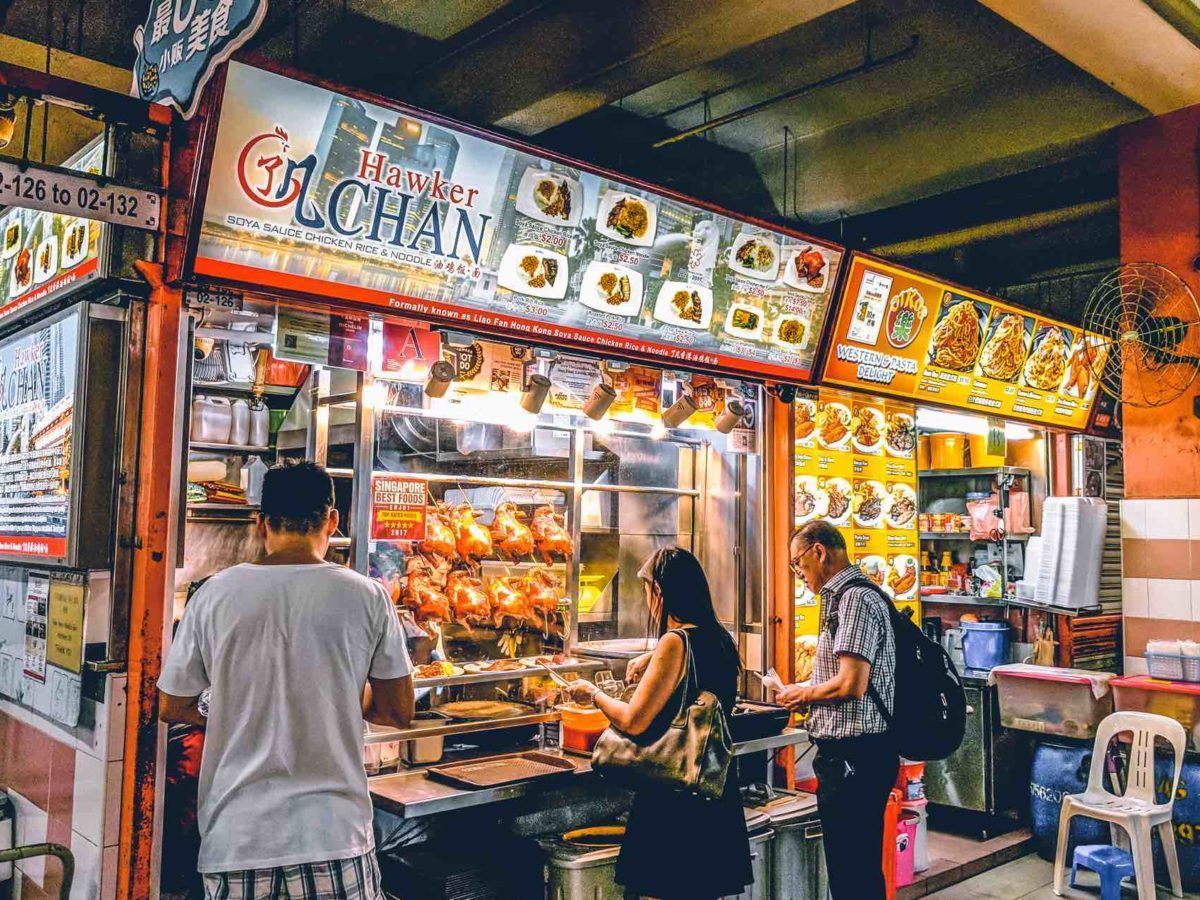
5 Types Of Loyalty Programs That Cafes Should Run
In the competitive landscape of Singapore’s F&B industry, cafes face the ongoing challenge of attracting and retaining loyal customers. Implementing a well-designed loyalty program can not only encourage repeat business but also foster stronger relationships with customers. Here are five effective types of loyalty programs that every cafe should consider:
Points-Based Loyalty Program:
One of the most popular and straightforward loyalty programs is the points-based system. Customers earn points for every purchase they make at the cafe, with the number of points typically based on the amount spent. These points can then be redeemed for rewards such as free drinks, pastries, or discounts on future purchases. This program encourages frequent visits and higher spending to accumulate points.
Example: "Earn 1 point for every $1 spent. Redeem 10 points for a free coffee or pastry."
Punch Card Loyalty Program:
A punch card loyalty program is a simple and cost-effective way to reward repeat customers. Customers receive a physical or digital punch card that gets stamped or punched each time they make a purchase. After a certain number of purchases (e.g., 10), the customer receives a free item or a discount on their next purchase. This program is easy to understand and encourages customers to return until they complete their punch card.
Example: "Buy 9 coffees, get the 10th coffee free!"
Tiered Loyalty Program:
A tiered loyalty program rewards customers based on their level of engagement and spending. Customers start at a basic tier and can progress to higher tiers (e.g., Silver, Gold, Platinum) as they accumulate points or spend more money. Each tier offers increasingly valuable rewards, such as exclusive discounts, birthday treats, or VIP access to new menu items. Tiered programs incentivize customers to spend more to unlock better rewards and benefits.
Example: "Silver Tier: Spend $100 to reach Silver and get 5% off every purchase. Gold Tier: Spend $300 to get 10% off every purchase and a free birthday drink."
Subscription-Based Loyalty Program:
A subscription-based loyalty program offers customers the option to pay a monthly or annual fee in exchange for ongoing perks and benefits. This can include unlimited coffee refills, exclusive access to special events or promotions, and discounts on food and merchandise. Subscription programs create a reliable source of revenue and encourage customers to visit more frequently to maximize their membership benefits.
Example: "Join our Coffee Club for $30 a month and enjoy unlimited coffee, 10% off all food purchases, and invites to exclusive events!"
Referral Program:
A referral program encourages customers to refer their friends and family to the cafe in exchange for rewards. Customers receive a reward, such as a free drink or discount, when someone they refer makes a purchase. This program leverages word-of-mouth marketing and turns loyal customers into brand ambassadors, helping to attract new customers and increase sales.
Example: "Refer a friend and get 20% off your next order when they make their first purchase!"
Implementing a well-designed loyalty program can significantly enhance customer retention and drive repeat business for cafes in Singapore's competitive F&B market. By offering diverse programs that cater to different customer preferences, cafes can build stronger relationships with their customers and differentiate themselves from their competitors. Whether it's points-based systems, punch cards, tiered programs, subscriptions, or referrals, the key is to create value and rewards that keep customers coming back for more.
Minty
Besides providing information sharing articles to value add business owners in Singapore, Minty is a CRM solution provider in Singapore that provides customer loyalty management solutions for F&B, retail and salon/spa businesses. If you are looking for a CRM / loyalty management / membership system, drop us a WhatsApp or click here to send in an enquiry!
Interested in a CRM Based POS System, QR ordering or a standalone CRM membership system?
Send an Enquiry!
We will get back to you as soon as possible
Please try again later
You might also like


Location
160 Robinson Road SBF Center #26-02
Singapore 068914
Call
(+65) 6224 5788
WhatsApp Us
Click here to WhatsApp us

Navigation
Operating Hours
- Mon - Fri
- -
- Sat - Sun
- Closed
All Rights Reserved | Megasafe Technology Pte Ltd
